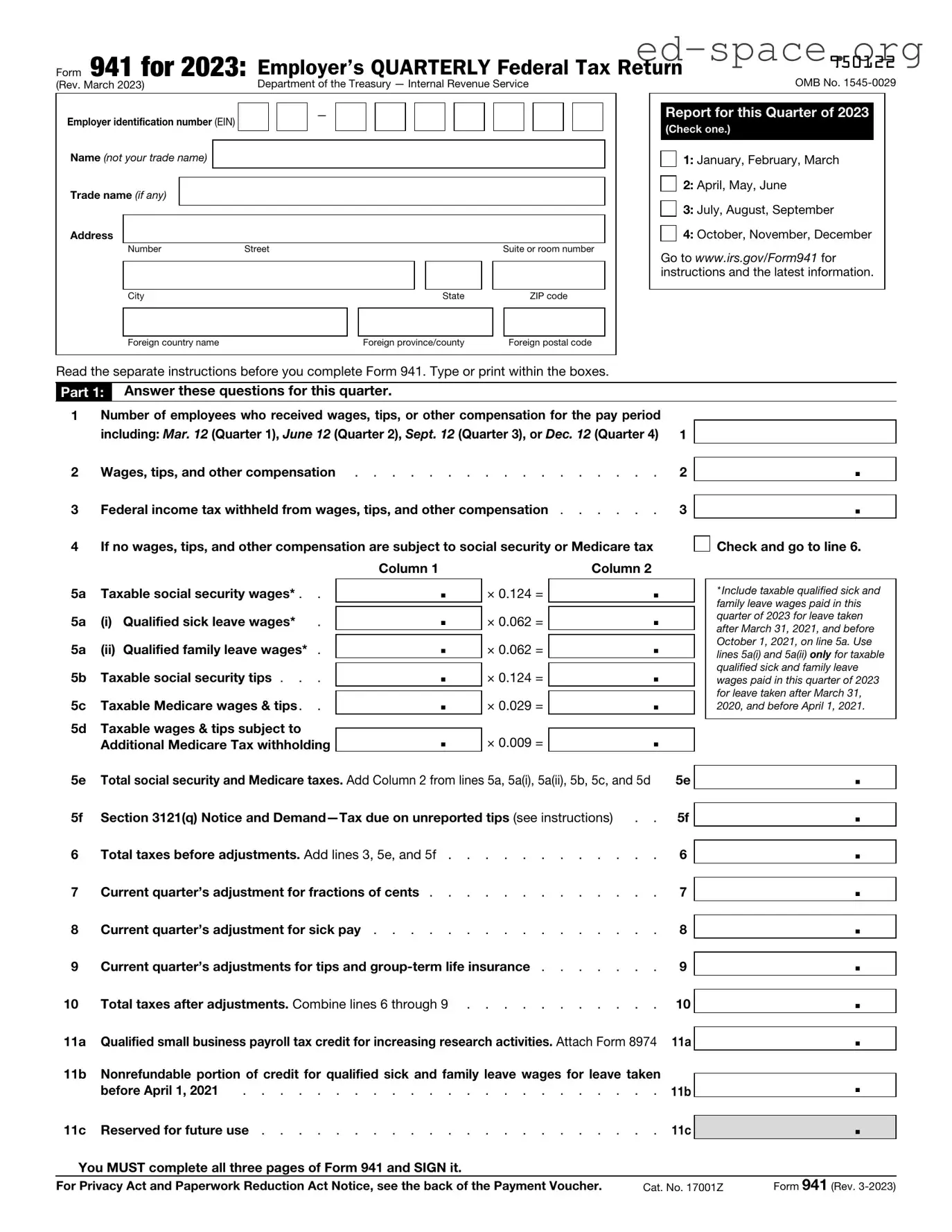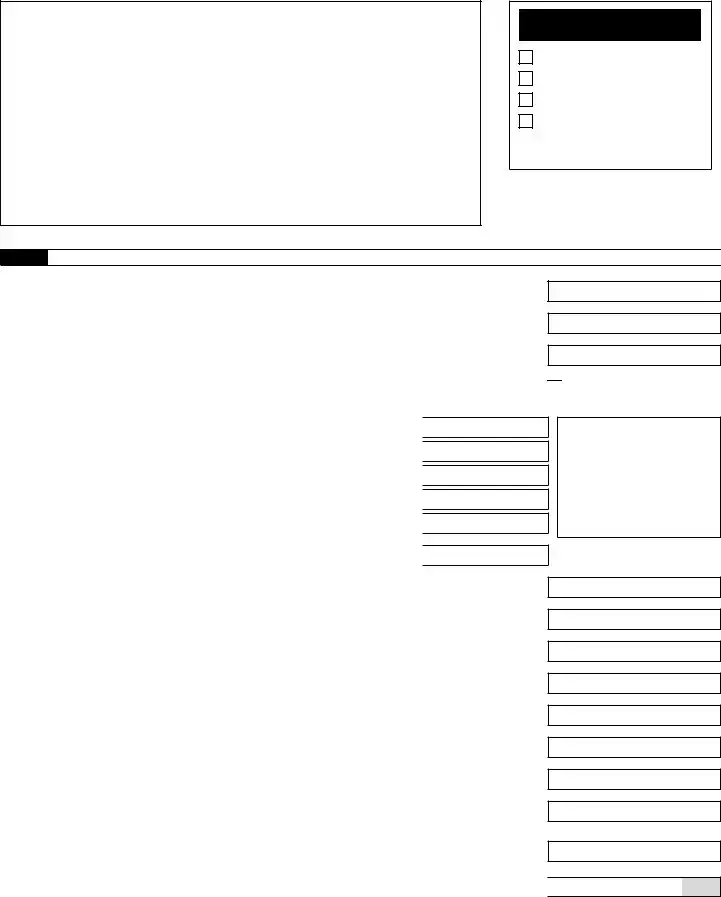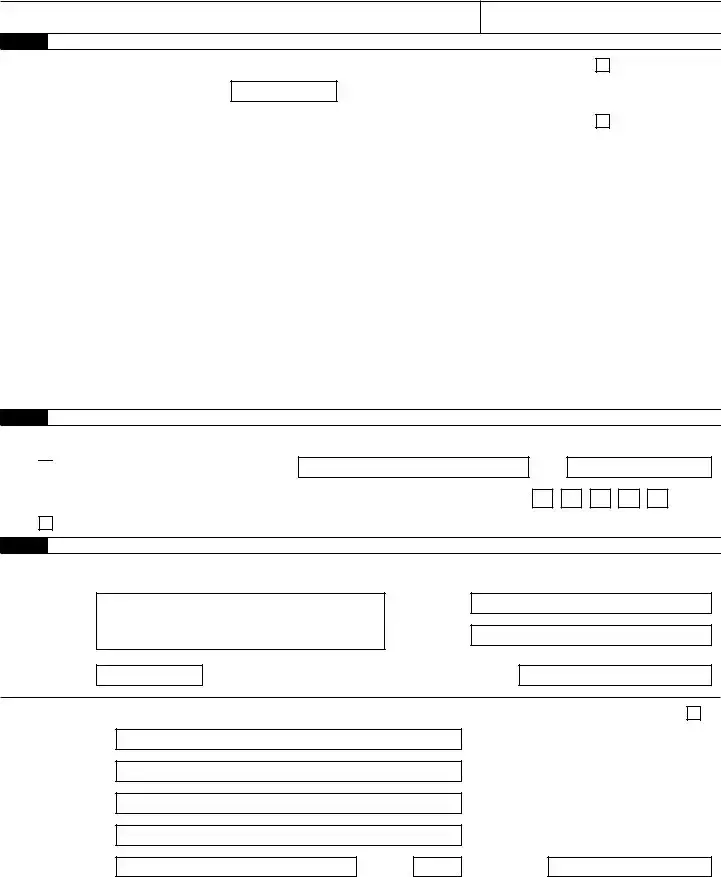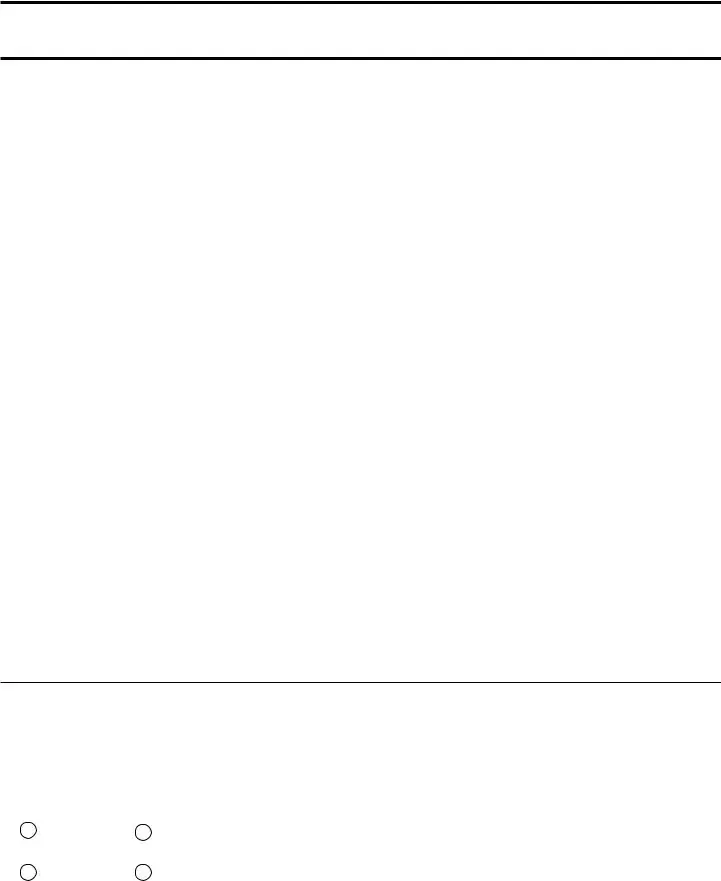What is the purpose of the IRS 941 form?
The IRS 941 form, known officially as the Employer's Quarterly Federal Tax Return, is a crucial document for employers. It serves the purpose of reporting income taxes, social security tax, or Medicare tax withheld from employee's paychecks. Additionally, it reports the employer's portion of social security or Medicare tax. This form ensures that employers are correctly reporting their payroll taxes on a quarterly basis, which is essential for the accurate calculation and payment of employment taxes.
When is the IRS 941 form due?
The IRS 941 form must be filed by employers four times a year. The due dates are the last day of the month following the end of each quarter. Specifically, these dates are April 30 for the first quarter (January to March), July 31 for the second quarter (April to June), October 31 for the third quarter (July to September), and January 31 for the fourth quarter (October to December). It's important for employers to adhere to these deadlines to avoid penalties and interest charges for late filings.
Who needs to file the IRS 941 form?
Most employers operating a business and paying wages to employees need to file the IRS 941 form. This includes corporations, small businesses, and non-profit organizations, regardless of the number of employees. However, there are exceptions. For instance, employers of household employees, farm employees, or certain seasonal employers may not be required to file Form 941 and may have other specific forms to file instead. Understanding whether you fall into these exceptions is key to compliance.
Can the IRS 941 form be filed electronically?
Yes, the IRS 941 form can be filed electronically, which is highly recommended for its convenience and efficiency. The IRS offers an e-file option for this form, available through IRS-approved e-file providers. Employers can also use authorized agents to file electronically on their behalf. Electronic filing not only speeds up the processing time but also reduces errors, ensuring that the information is accurately reported and received by the IRS in a timely manner.



 Check and go to line 6.
Check and go to line 6.

 .
. .
. .
. .
. .
.

 Yes. Designee’s name and phone number
Yes. Designee’s name and phone number
